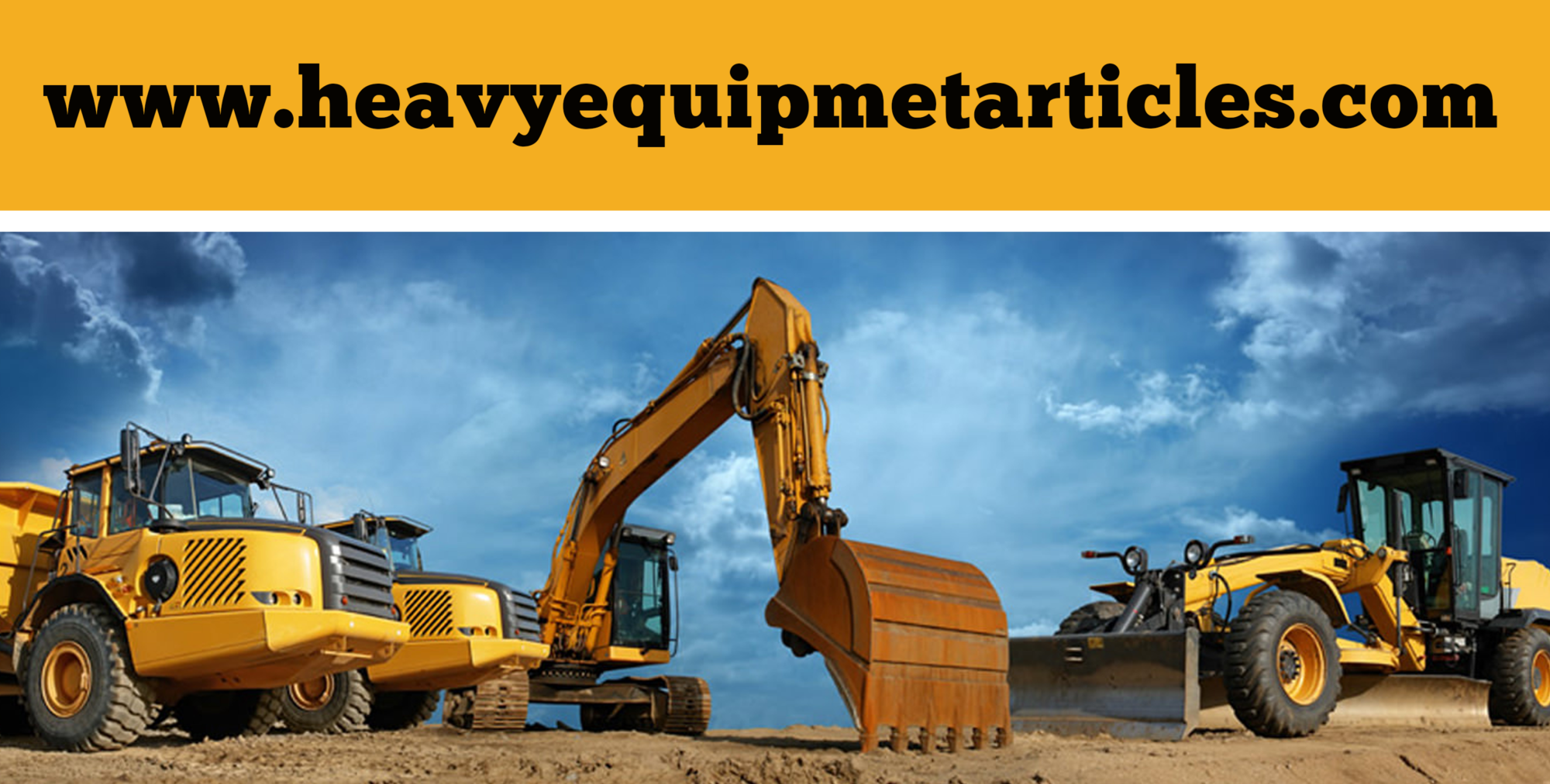Heavy equipment has been an essential component of human civilization for centuries. From the earliest days of agriculture to modern industrialization, heavy equipment has played a vital role in shaping the world we live in today. In this blog post, we will take a look at the history of heavy equipment and how it has evolved over time.
The earliest forms of heavy equipment were developed during the agricultural revolution. Around 10,000 years ago, humans began to domesticate animals and cultivate crops. This led to the development of tools such as plows, which were used to till the soil and prepare it for planting. These early tools were made from wood and stone and were pulled by animals such as oxen and horses.
As civilizations grew and expanded, so too did the need for heavy equipment. The ancient Egyptians, for example, used massive stone blocks to build their pyramids. To transport these blocks, they used sleds and ramps, which were pulled by teams of workers and animals.
During the industrial revolution, heavy equipment began to evolve at a rapid pace. The development of steam engines in the 18th century led to the creation of the first steam-powered machines. These machines were used in factories and mines and could do the work of dozens of workers in a fraction of the time.
The invention of the internal combustion engine in the late 19th century marked a major turning point in the history of heavy equipment. This new technology made it possible to create machines that were faster, more powerful, and more efficient than ever before. The first gasoline-powered tractors, for example, were introduced in the early 20th century and quickly revolutionized agriculture.
In the years that followed, heavy equipment continued to evolve and improve. Hydraulic systems were developed, which allowed machines to lift and move heavier loads. The introduction of computer technology in the latter half of the 20th century led to the creation of more advanced and sophisticated machines, such as excavators and bulldozers.
Today, heavy equipment is used in a wide range of industries, from construction and mining to agriculture and transportation. Machines such as excavators, bulldozers, and cranes are used to move massive amounts of earth and materials, while tractors and combines are used to cultivate crops and harvest grain. Modern heavy equipment is more efficient and powerful than ever before, allowing us to complete tasks that would have been impossible just a few decades ago.
In conclusion, the history of heavy equipment is a fascinating one that spans thousands of years. From the earliest days of agriculture to the modern era of industrialization, heavy equipment has played a vital role in shaping the world we live in today. As technology continues to evolve, it is likely that heavy equipment will continue to become even more efficient and powerful, allowing us to accomplish tasks that were once thought impossible.

